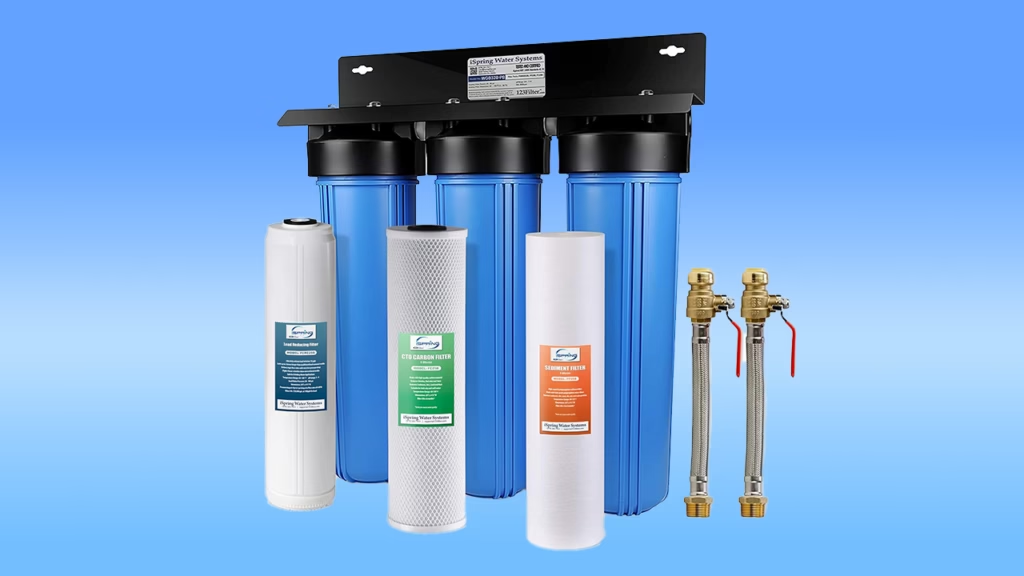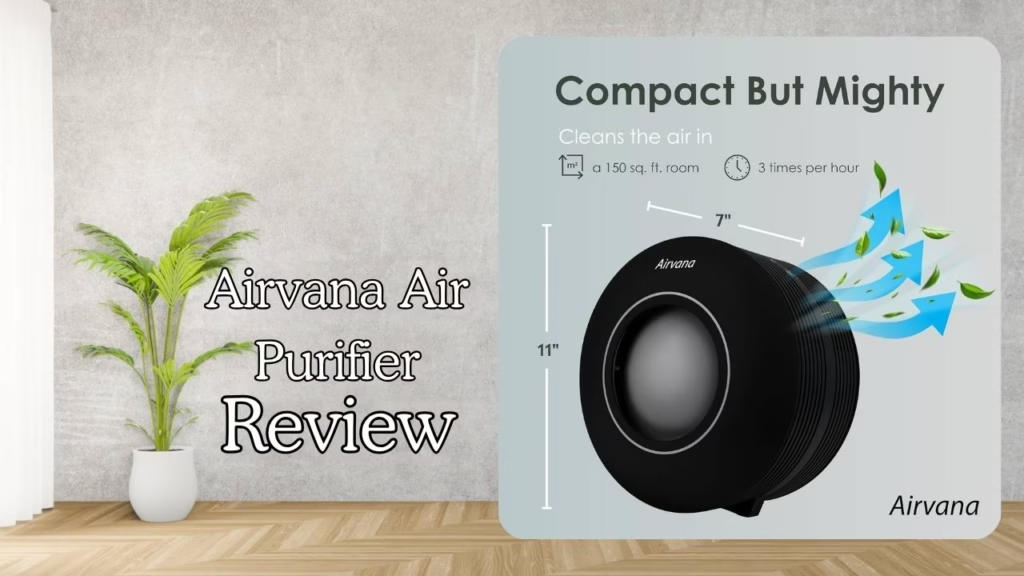A clear, up-to-date, 2026-ready guide to China’s work permit (Z visa): eligibility, documents, application steps, fees, timelines, renewals, transfers, and practical tips—backed by 2024–2025 insights for a smooth approval.
Table of Contents
Key Takeaways
- Getting work authorization in China takes two steps. First, get a work permit. Then, after you arrive, get a residence permit. Plan for both stages. TravelChinaGuide
- Most foreign professionals fall into Class B. Class A is for top talent with great skills and high pay. FDI China
- The whole process takes 4 to 10 weeks if your papers are in order. Local office workloads and holidays can make it longer.
- New rules in 2025 make it easier to extend your stay after a job ends. This helps with switching jobs or leaving smoothly. Check what your local PSB office allows. HROne
- You must swap your Z visa for a residence permit within 30 days of landing in China. If you don’t, you could face fines for overstaying. TravelChinaGuide
Your Simple Guide to a China Work Permit
Starting a new job in China is exciting! But the visa process can feel complex. Don’t worry. This guide breaks it down into simple, clear steps. It covers the latest china visa rules and is ready for 2026.
First, figure out if you qualify. You can use a china work visa points calculator or a china visa points calculator to see where you stand. This helps you understand the visa china requirements for your talent class.
How China Work Authorization Works
You need two main things to work legally in China:
- A Work Permit (from human resources authorities).
- A Residence Permit (from the local Public Security Bureau).
Here’s how it works:
Your employer in China gets a Notification Letter for you.
You use this letter to apply for a Z visa at a Chinese embassy in your country.
You enter China with the Z visa.
Within 30 days, you swap your Z visa for a residence permit.
The residence permit is your key. It shows how long you can stay and lets you travel in and out of China. TravelChinaGuide
Find Your Talent Class: A, B, or C
China sorts applicants into three groups. See where you fit:
| Class | Who It’s For | Common Needs | Processing |
|---|---|---|---|
| Class A | Top leaders, experts, very high pay | Top degrees, lots of experience, high salary | Often faster |
| Class B | Professionals with a degree and experience | Bachelor’s degree, 2+ years experience, clean record | Standard speed |
| Class C | Entry-level, interns, short-term roles | Employer must show why they need you | Can be slower, rules vary |
Most people apply under Class B. Use a china work visa calculator to check your score. FDI China
What You Need to Qualify
The main visa china requirements are:
- A real job offer from a company that can hire foreigners.
- A degree and work experience that match the job.
- A clean criminal record.
- A valid health check.
- All your documents must be translated and notarized correctly.
Local offices will check if your salary makes sense for your experience. While there are general age guidelines, some flexibility exists for exceptional candidates, especially in Class A. TravelChinaGuide FDI China
Your Document Checklist
Get these papers ready:
- Passport: Must be valid for at least 6-12 months after your planned stay.
- Job Contract: Signed, with the correct job title, duties, and pay.
- Diplomas & Certificates: Notarized and translated into Chinese.
- Criminal Record Check: From your home country, notarized and translated.
- Health Check: Often done in China after you arrive.
- Resume: Clear and matches your contract.
- Employer’s Business License: Your employer provides this.
- Passport Photos: The right size for the visa application.
- Application Forms: Filled out with no mistakes.
Double-check everything! Names and dates must match on all documents. Even small errors can cause big delays. Asanify FDI China
The Step-by-Step Application Journey
Stage 1: Your Employer Starts the Process
Your employer must be set up to hire foreigners. They will justify your job and submit the work permit application online for you. If your company is new to China, they might use an Employer of Record (EOR) to handle this. Asanify
Stage 2: Get the Notification Letter
If the application is approved, you get a Notification Letter of Work Permit. You need this to apply for your Z visa. FDI China
Stage 3: Apply for Your Z Visa Abroad
Take your notification letter, passport, and other forms to the Chinese embassy or consulate in your country. They will issue your Z visa, which lets you enter China one time.
Stage 4: Enter China and Get Your Residence Permit
This is the most important part! Once you arrive, you have 30 days to convert your Z visa into a residence permit.
You will:
- Register your address with the local police.
- Get a medical check at a designated hospital in China.
- Take all your documents to the PSB Entry-Exit office to get your residence permit card.
Do not miss the 30-day deadline! TravelChinaGuide
Timeline and Costs
- Work Permit Approval: 2-4 weeks
- Z Visa Issuance: 1-2 weeks
- Residence Permit in China: 1-3 weeks
So, the whole process can take 4 to 10 weeks. Holidays like Chinese New Year can cause delays. Plan for this.
Costs vary by city and nationality. Your employer will often pay these fees. Make sure to ask what is covered in your job offer. Using a china visa days calculator can help you plan your schedule. fastlanehr.hk
Avoid These Common Problems
- Mismatched Documents: Names or dates don’t match on your degree, passport, and police check.
- Wrong Job Fit: Your experience doesn’t match the job title or salary.
- Missing Stamps: Your diplomas or police check aren’t notarized or translated properly.
- Missing the 30-Day Deadline: Forgetting to convert the Z visa in time.
Local offices can have different rules. Always follow your employer’s local advice. FDI China
Changing Jobs or Renewing (2025 Updates)
Good news! Since 2025, there seems to be more flexibility. You might be able to stay for a short time after your job ends. This helps you look for a new job or get your things in order. Check with your local PSB to be sure. HROne
When you switch jobs:
- Your new employer applies for a new work permit.
- Your residence permit gets updated.
- Start the process 30-60 days before your current permit expires to avoid any gap in your legal status.
For renewals, you need to show you are still employed, have paid taxes, and have a clean record.
Putting It All Together: Real-Life Examples
- Example 1: A Software Engineer (Class B)
- Steps: Employer applies. Gets the notification letter in ~3 weeks. Gets Z visa in ~10 days. Arrives in China and gets residence permit in ~2 weeks. Total time: ~6-7 weeks.
- Tip: Get your degree notarized early.
- Example 2: A General Manager (Class A)
- Steps: The Class A process is often faster because of the high-level profile.
- Tip: Have proof of your high salary and leadership ready.
- Example 3: Switching Jobs in China
- Steps: New employer starts the transfer. You keep your legal status. Residence permit is updated.
- Tip: Start 60 days before your old permit ends. Avoid any employment gap.
Quick Questions, Fast Answers
- Who handles the work permit?
- Your employer applies for it. You provide the documents. You are responsible for showing up to appointments.
- How strict are they about degrees and experience?
- Very strict. For Class B, you typically need a degree and 2 years of experience. All papers must be perfect.
- Can I start work as soon as I arrive with my Z visa?
- No! You must get your residence permit first. The Z visa is just for entry. Working before you convert it is illegal.
- What’s new about staying after a job ends?
- In 2025, you may get a short extension to stay after your contract finishes. This is great for finding a new job. Always confirm with your local PSB.
Smart Tips for a Smooth Process
- Be Accurate: Make sure every detail matches on all your forms.
- Start Early: Notarizations and translations can take weeks.
- Watch the Clock: Convert your Z visa within 30 days of arrival.
- Plan Ahead: Start renewals or job transfers 30-60 days before your permit expires.
- Keep Records: Save copies of every form and receipt.
- Stay Informed: Rules can change. Always check with your HR team and the local bureau.
Ready to get started? Make your document list today. Ask your employer for their local checklist. Plan your timeline around that crucial 30-day conversion period.

























